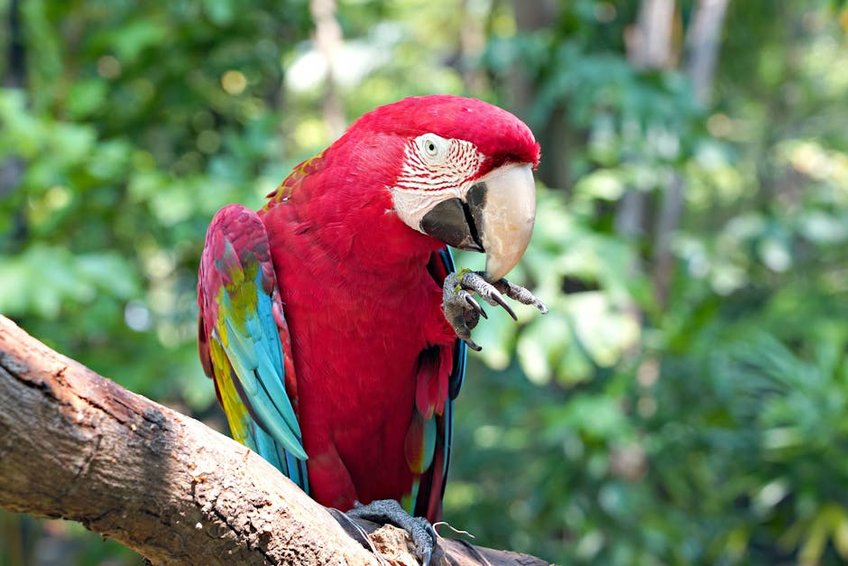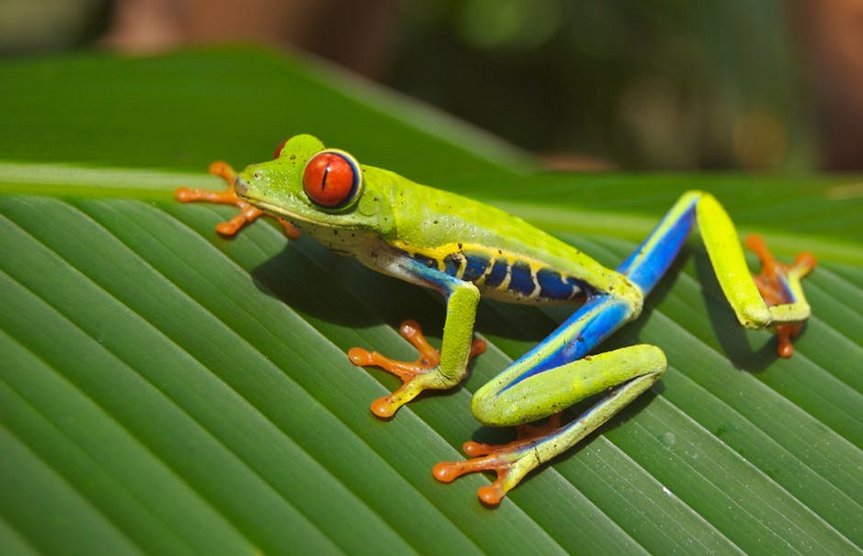Costa Rica Rainforests: Your Guide to Biodiversity and Adventure
Exploring Costa Rica Rainforests immerses you in some of Earth’s most vibrant ecosystems, where dense canopies shelter countless species and adventure awaits around every corner. These tropical forests cover over 25% of the country’s land area, hosting more than 500,000 documented species from scarlet macaws to elusive jaguars across numerous protected zones. This guide delivers essential planning advice, highlights top attractions, and shares practical tips for navigating these magnificent natural wonders responsibly.
Essential Rainforest Information
Costa Rica’s rainforests form part of the Mesoamerican Biological Corridor, stretching from the Osa Peninsula to the Caribbean lowlands with incredible biodiversity density. The country pioneered eco-tourism decades ago, establishing over 30 national parks that safeguard these habitats while allowing sustainable visitor access. You will find distinct forest types including tropical wet, cloud, and dry forests each supporting unique flora and fauna.
Key Rainforest Facts
Before visiting, understand these fundamental characteristics of Costa Rican jungles.
- Costa Rica contains 6% of the world’s biodiversity despite covering only 0.03% of Earth’s surface, with rainforests hosting most species.
- Temperatures remain consistently warm between 70-85°F (21-29°C) year-round with high humidity levels around 80-90% in most regions.
- Rainfall patterns create distinct seasons: dry season (December-April) offers sunny days while green season (May-November) brings afternoon showers that intensify vegetation.
- Budget travelers can manage on $50-80 daily using hostel dorms, public transportation, self-guided hiking, and cooking some meals while prioritizing free activities like national park visits.
- Mid-range visitors should budget $100-200 per day for comfortable hotels, rental car or shared shuttles, guided nature tours, and restaurant meals featuring local cuisine experiences.
- Luxury experiences range from $250-500+ daily covering eco-lodges with premium amenities, private guides, specialized activities like night walks, and all-inclusive packages at high-end resorts.
- Costa Rica Tourism Board Official Site
- Wikipedia Tourism in Costa Rica
Ecosystem Diversity
Costa Rican rainforests transition across elevation gradients from sea level to over 3,000 meters, creating multiple life zones within short distances. The Caribbean slope receives more consistent rainfall supporting lush tropical wet forests, while the Pacific side experiences sharper dry-wet season transitions. Cloud forests like Monteverde exist at higher elevations where constant mist supports unique epiphyte communities.
Conservation Status
Over 25% of Costa Rica enjoys protected status through national parks, biological reserves, and private conservation areas established since the 1970s. These protections reversed deforestation trends that once threatened these ecosystems, with forest cover increasing from 21% in 1987 to over 50% today. Your visit directly supports these efforts through park entrance fees and sustainable tourism practices.

Alt: “costa-rica-rainforest-canopy-bridge-walkway”
Planning Your Costa Rica Rainforests Trip
Organizing your Costa Rica Rainforests adventure requires considering seasonal patterns, budget allocation, and activity priorities for optimal experience. The dry season from December through April provides the most reliable weather for hiking and wildlife spotting, though this coincides with peak tourist crowds and higher prices. Shoulder months like May and November offer good conditions with fewer visitors, while the rainy season brings lush landscapes despite occasional downpours.
Best Time to Visit Costa Rican Rainforests
December through April constitutes peak dry season with minimal rainfall, temperatures around 75-85°F (24-29°C), and excellent wildlife viewing conditions throughout most rainforest regions. May and November serve as ideal shoulder months with moderate crowds, lower accommodation rates, and transitioning weather patterns that mix sunny mornings with afternoon showers. Green season from June to October delivers the lushest vegetation and lowest prices, though some trails may become muddy and certain animals less visible.
Budget Planning and Costs
Your rainforest adventure cost varies significantly based on accommodation style, tour selections, and travel timing.
Essential Preparation Checklist
Pack quick-dry clothing, waterproof hiking shoes, rain gear, and multiple moisture-wicking layers to handle changing tropical conditions and high humidity levels. Bring binoculars, a quality camera with weather protection, insect repellent containing DEET, and reef-safe sunscreen for comprehensive outdoor preparation. Secure travel insurance covering adventure activities, make advance reservations for popular parks and lodges, and check visa requirements based on your nationality before departure.
Top Rainforest Attractions and Activities
Monteverde Cloud Forest Reserve represents one of Costa Rica’s most famous protected areas, where suspended bridges traverse misty canopies rich with orchids, hummingbirds, and resplendent quetzals. Corcovado National Park on the Osa Peninsula offers perhaps the country’s most biodiverse experience with all four monkey species, tapirs, and scarlet macaws inhabiting its pristine lowland rainforest. Arenal Volcano National Park combines rainforest exploration with volcanic landscapes, featuring hanging bridges, hot springs, and abundant wildlife viewing opportunities.
Must-See Highlights
Manuel Antonio National Park delivers easily accessible rainforest trails alongside stunning beaches, with white-faced capuchin monkeys often visible near park entrances during morning hours. Tortuguero National Park’s canal system provides unique water-based rainforest access where you can spot river otters, caimans, and three-toed sloths from guided boats. The Children’s Eternal Rainforest near Monteverde represents the largest private reserve in Central America, offering less crowded trails and excellent birdwatching throughout its extensive trail network.
Hidden Gems and Local Favorites
Bajos del Toro cloud forest remains relatively undiscovered despite its stunning blue waterfall, emerald pools, and extensive moss-covered trails receiving fewer visitors than popular destinations. Hitoy-Cerere Biological Reserve on the Caribbean slope challenges adventurers with primitive trails through untouched rainforest where jaguars still roam and visitor numbers remain minimal. Local guides in Puerto Viejo de Sarapiquí know secret spots for observing rare great green macaws and can arrange cultural exchanges with indigenous communities.
Wildlife Watching Opportunities
Morning hours between 6-9 AM offer the best wildlife activity periods when temperatures remain cooler and many species forage actively before the midday heat. Night walks with certified guides reveal entirely different rainforest ecosystems where kinkajous, frogs, tarantulas, and nocturnal birds emerge after sunset. The Sarapiquí region specializes in river-based wildlife viewing where you might spot Jesus Christ lizards walking on water, howler monkeys, and over 400 bird species during tranquil boat tours.
Practical Travel Information
Most international visitors arrive through Juan Santamaría International Airport (SJO) near San José or Daniel Oduber Quirós International Airport (LIR) in Liberia, with direct flights from major US and European hubs. Domestic transportation options include rental cars for flexibility, shared shuttles between popular destinations, domestic flights to remote areas, and public buses offering budget-friendly access to many rainforest regions. Advance reservations prove essential during peak season from December through April when vehicles, accommodations, and tour slots fill quickly.
| Accommodation Type | Features and Locations | Price Range (USD) |
|---|---|---|
| Budget Hostels | Dorm beds, shared kitchens, social atmosphere near public transport in towns like La Fortuna and Puerto Viejo | $10-30/night |
| Mid-Range Hotels | Private rooms, breakfast included, swimming pools, located within walking distance of rainforest entry points | $50-100/night |
| Eco-Lodges | Sustainable design, guided activities, restaurant on-site, situated inside or adjacent to protected rainforest areas | $120-250/night |
| Luxury Resorts | Spa services, private guides, all-inclusive packages, exclusive access to less-visited rainforest sections | $300-600+/night |


